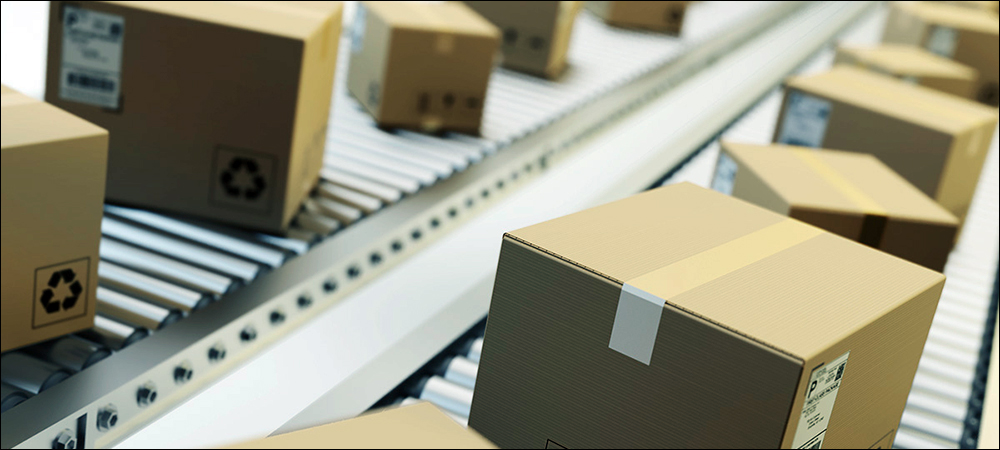- Online Purchasing Up by 47 Percent Since 2019
- Only 27 Percent of Consumers Are Happy with Deliveries
- RFID and BLE Provide Shipment Visibility for Consumers, Carriers
A global consumer survey released this spring by logistics company Descartes Systems Group finds that as online purchases grow, many shoppers believe fulfillment and delivery capability and performance are falling short. The perfect storm of increased demand and a reduction in delivery personnel is leading to disappointment and frustration by some shoppers, the survey reveals. At the same time, technology is poised to address such challenges and has already begun doing so, by helping companies optimize delivery routes, ensure full vehicles and offer delivery options to customers that could reduce carbon footprints.
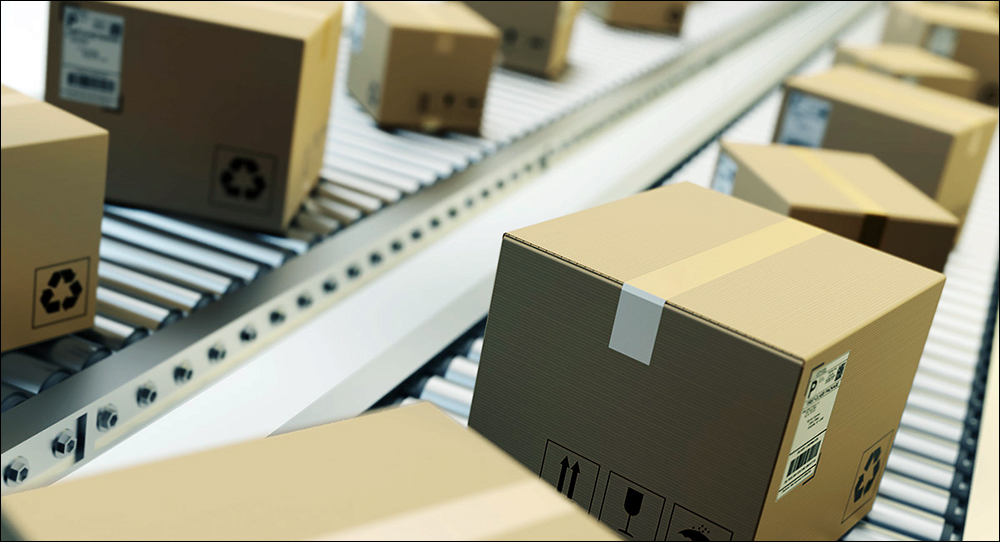
The study involved more than 8,000 consumers throughout ten European and North American countries.
Home delivery is a critical part of the brand experience, says Chris Jones, Descartes Systems Group’s executive VP of industry and services, and are under greater consumer scrutiny than ever before. The report’s findings, he says, indicate that technology can alleviate some online delivery pain points. Descartes’ study was conducted in January 2022 by SAPIO Research, and it involved more than 8,000 consumers throughout ten European and North American countries. The survey is available at Descartes Systems Group’s website, and the firm intends to conduct similar surveys on an annual basis.
The study was intended to provide retailers and logistics organizations with insights into consumer concerns around product deliveries. Consumers indicated they will increase their ecommerce purchases in the future, but that they are far from satisfied with all deliveries. Seventy-three percent said they have experienced a delivery failure in the last three months, Jones says, while a quarter of respondents reported that the problems has led to them not ordering from a retailer again.
Online Purchasing Up by 47 Percent Since 2019
Despite delivery challenges, online purchasing is growing. In the United States, the rate of online sales has increased by 47 percent since the COVID-19 pandemic began, the study found. That growth is especially pronounced among those above age 55. In 2019, approximately 35 percent of shoppers were buying online with home delivery, but this shot up to 46 percent during the pandemic.
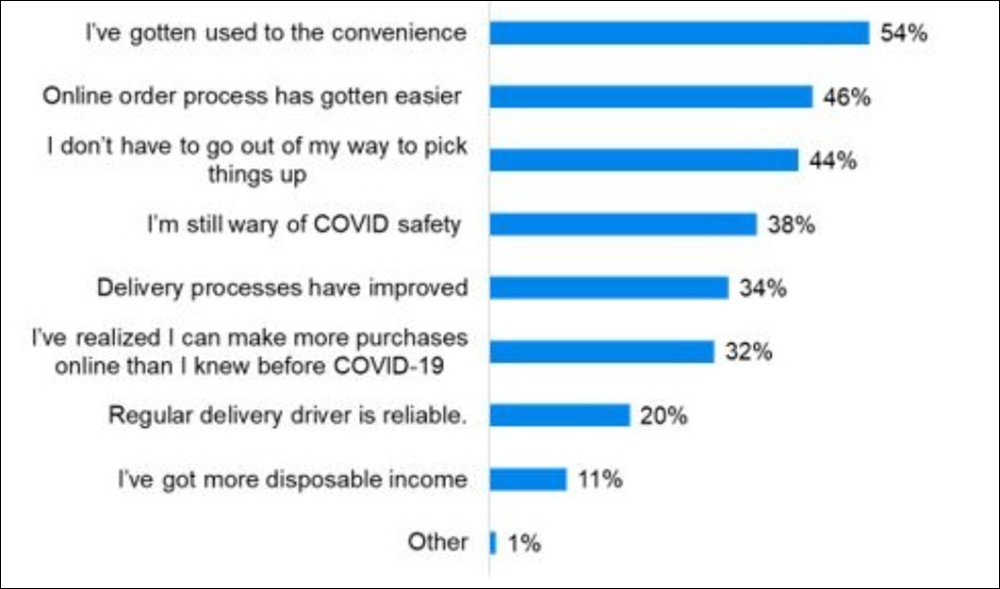
Figure 1: Top Reasons for Increased Online Purchases and Home Delivery
The main reason expressed for receiving more online purchases via delivery was convenience (58 percent), while the importance of convenience increases with age. The results found that physical shopping is still important to consumers. Some Americans don’t expect to make more online purchases, saying they prefer to see a product in person before buying it; the report found this particularly was the case for customers aged 55 or older.

Chris Jones
Consumers indicated there are ways in which supply chains must improve. One concern relates to delivery failures or delays, while another involves environmental impact. A majority (85 percent) of Americans aged 18 to 24 consider the environment when placing an order, which is far fewer than the number of senior shoppers, as less than half (43 percent) of Americans above age 55 cited environmental concerns.
The survey included 8,100 consumer responses. “We think the results are really quite representative of what we would expect to see if we had this on an even broader basis,” Jones says. This is the second such study conducted by Descartes, following one last summer that covered only Europe. A that time, he recalls, the company found the results interesting enough that it decided to revisit the questionnaire immediately after the holiday shopping season in December. “We wanted to capture what’s happened over the holidays, and also with respect to things like returns.”
The study’s questions also centered around satisfaction. The researchers asked participants if they had they had experienced any challenges within the span of months from October to December 2021, and 73 percent reported they had encountered a home-delivery problem during that period of time.
Only 27 Percent of Consumers Are Happy with Deliveries
When asked about delivery failures in the past three months, Jones says, only 27 percent of those surveyed “were happy every time and didn’t have a problem.” Additionally, only a third of the respondents thought delivery performance has improved. There is a multiplying effect when consumers are unhappy, he explains, since they tend to share their grievances with others. “And here’s the thing that we didn’t ask this year, which we will ask next year: ‘Did you put it on social media?’ If we look at this, you know people are fatigued because they are experiencing challenges and they’re frustrated, and there are a fair number who are doing something about it.”
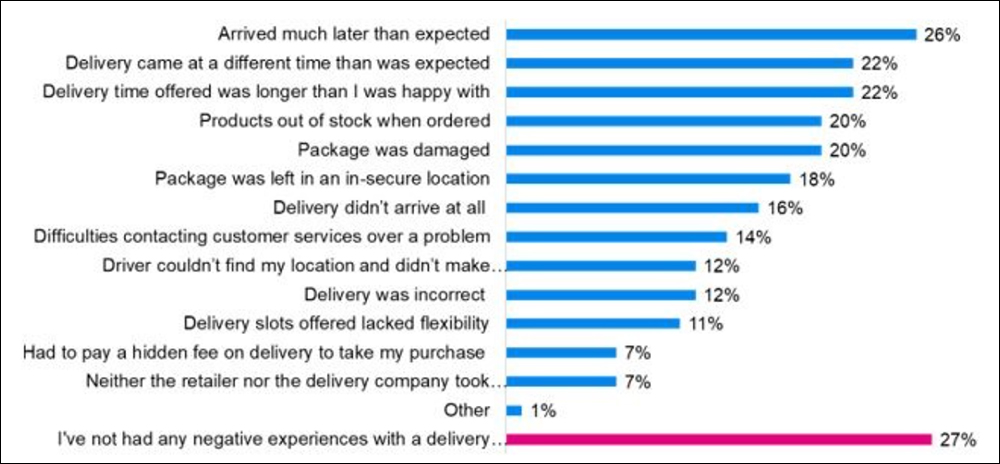
Figure 2: Consumer Delivery Experience During the Last Three Months of 2021
Among younger generations, the study found that the environment is a key factor when they make purchasing decisions. Thirty-four percent of respondents from all age groups said that if they were offered the option of combining their orders to reduce waste, they would do so. That means more satisfied customers, Jones says, as well as reduced costs for retailers that do not want the added expense of multiple deliveries. If greater delivery service options were possible, he adds, there would be financial benefits for companies in charging for added services. Around 21 percent of respondents said they would, at times, pay more for delivery to receive goods faster. For retailers, Jones notes, that is an alternate revenue source.
Technology could solve some of these challenges and opportunities, Jones says. Descartes’ solution helps retailers provide delivery appointment scheduling options, optimize routes, coordinate deliveries, and leverage data from orders placed, as well as the location and status of products being delivered. RFID, BLE and GPS are among the technologies that have been automating data collection about goods (see Postal Agency Tracks Packages via RFID, Hywear Puts RFID, Barcode Reading in Users’ Hands, Grocery Market Report Reinforces Need for Technology, Including RFID and How to Bring Sustainability to the Retail Market with RFID).
RFID and BLE Provide Shipment Visibility for Consumers, Carriers
“From a technology perspective,” Jones says, “the companies that really embraced technology and had better alignment of their business processes—those folks actually were less impacted [by supply chain issues]. And in some cases, they were able to deliver significantly more than they were in the past, because they were able to turn up the productivity of their drivers.” Descartes’ software platform is designed to help users dynamically build routes as orders are placed, thereby providing precise delivering times and dates. The software also enables retailers to create greater route density, allowing more deliveries to be completed on a route.
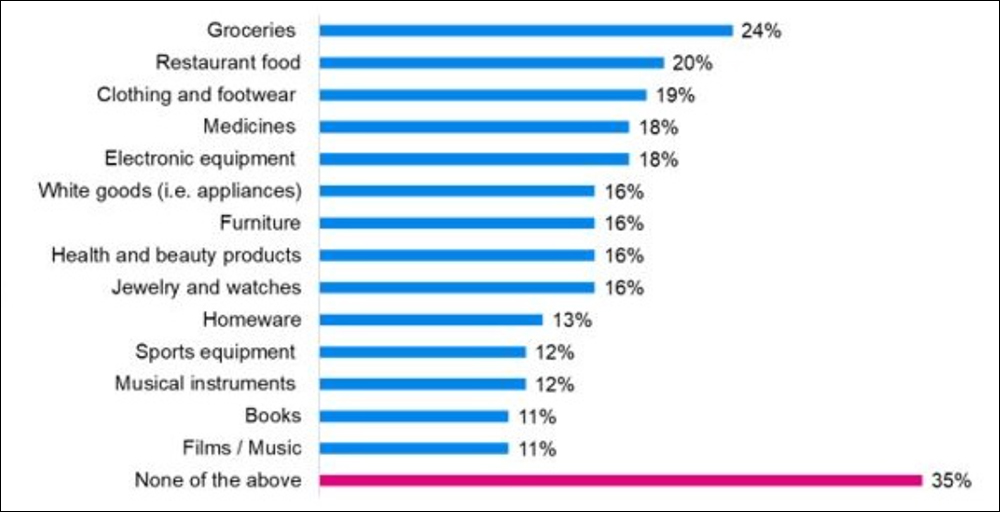
Figure 3: Consumer Environmental Home-Delivery Concern
With technology like RFID tags on parcels, orders can be tracked when they are available in a warehouse or at a store, when they are put on a vehicle and when they are dropped off. That data can include a photo of each package in front of a customer’s home or office. Descartes’ home-delivery solution can also estimate and then schedule appointments for installation and other services, if household appliances are being purchased. The collected data can be shared with customers, Jones says, providing reliable information about when goods can be expected.
If they see a sustainability benefit, Jones says, consumers are willing to wait, “which is also why, for instance, using real-time GPS [to calculate arrival time] and to tell somebody ‘You’re going to be 15 minutes late’… people will forgive that.” Showing up two hours late without an explanation results in customer dissatisfaction, he says. “It doesn’t matter how good your product is—you basically broke your promise.”
Key Takeaways:
- Seventy-three percent of consumers polled said they have experienced a delivery failure in an online purchase within the last three months.
- Sixty-five percent said they will consider the environment when placing an order.
- Automation technologies like RFID and BLE make it possible for companies to offer visibility to reassure shoppers of delivery and meet sustainability expectations.
Images: Descartes Systems Group and Sapio Research

